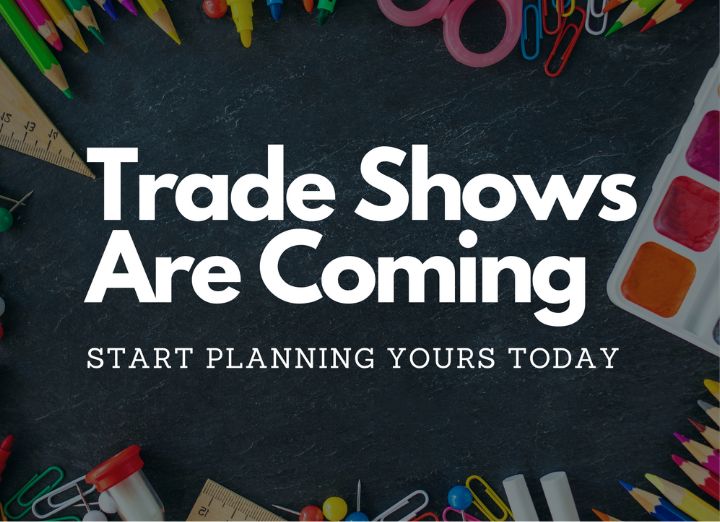In today’s fast paced world, people need more entertaining experiences in order to devote their full attention to something. Technological innovations over the past couple of decades have allowed us to integrate text, sound, video, pictures, and interactivity into exhibits. Such innovations gain peoples’ interest because they are more appealing to the senses than still graphics and text, without audio accompaniment. The purpose of integrating technology and multimedia into your exhibit is to attract attention, entertain your customers, and offer easily accessible information. If you do not implement technology to make your exhibits more “fun,” your competition will.
Useful types of technology include audiovisuals, electronic graphics, holograms, interactive activities, web based activities, special lighting, and even software applications. From the start, you should use software to plan, organize, market, generate leads, and follow up on those leads. Software programs also help to track schedules, vendors, budgets, staffing, logistics, and prospect data. Utilize software for your next marketing event to save time, decrease expenses, and produce a favorable outcome. When purchasing software, make sure that the company offers training for the program, as well as ongoing customer support for future problems.
Interactive multimedia is an up and coming necessity for trade shows and marketing events. When people interact with virtual representations of your products or services, they better understand why they need what you offer. Prospects will usually be more comfortable about making a purchase after they feel like they’ve already experienced what you can do for them. Anything from a touchscreen catalog or database to a full blown virtual reality experience can be used depending on the type of products or services you provide. Some companies are allowing customers to use interactive customization programs to test out different looks for their products. Once people get involved with your products (even if they are presented virtually), they will be better informed, and will desire your product more intensely.
Lighting elements can be manipulated to contribute to the success of exhibits. Holograms are an interesting way to attract attention. Peoples’ eyes will be glued to the hologram long enough for you to make your introductory pitch. Electronic graphic displays are also a great tool for attracting attention because of the motion effects that can be implemented.
Even if the products or services your organization offers cannot be creatively integrated into an interactive experience, you should still add some technological flair to your exhibit. This can be accomplished by doing things like playing mood setting music or mounting monitors to display slideshows of your products. In today’s marketing environment, an exhibit lacking any form of technological appeal will most likely be ignored by the majority of people.
Adding technological components to your display may be more expensive than traditional methods of exhibiting, but the increase in returns will compensate for the investment. Trade show displays that incorporate multimedia are noticed by far more people than displays that have none, so the initial increase in expenses will be erased by an increase in business activity and higher revenues.




